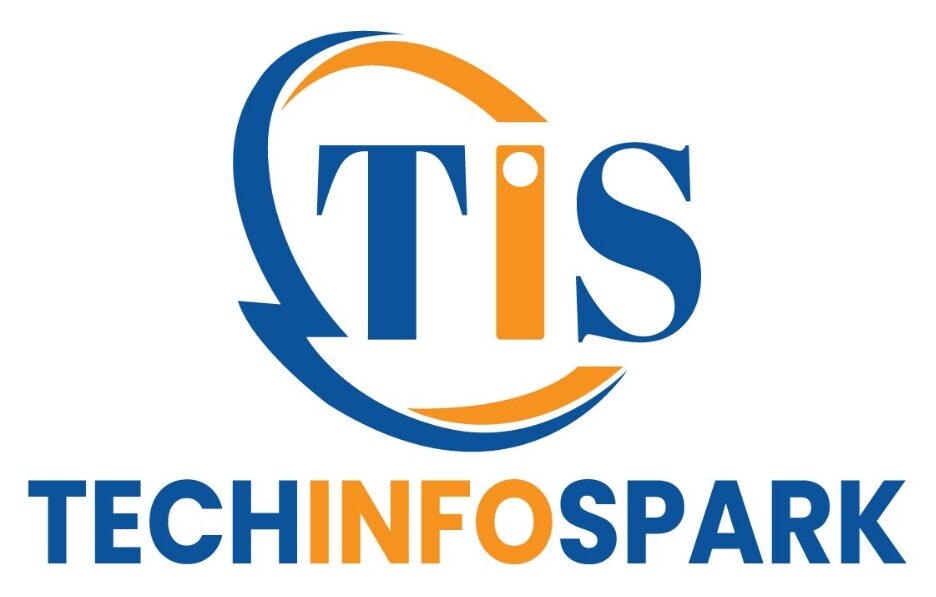As India strides into 2025, its dynamic economy presents investors with a rich landscape of opportunities across both traditional and emerging sectors. Whether you’re a conservative saver or a growth-seeking investor, understanding the best avenues to grow your wealth is crucial. Here’s a comprehensive look at the top investment options in India for 2025.
1. Equity Mutual Funds & SIPs (Systematic Investment Plans)
Equity mutual funds, especially through SIPs, remain a favored choice for long-term wealth creation. Investors can expect average annual returns of 12–18% from equity-oriented funds .The strategy promotes disciplined investing while leveraging market growth—ideal for salaried individuals building wealth steadily.
2. Direct Equity (Stocks)
For those comfortable with higher risk, investing directly in quality stocks can yield splendid returns—potentially 12–20% or more annually . However, this approach requires market knowledge and due diligence. Diversification and investing in fundamentally strong blue-chip companies like Reliance, Infosys, HDFC Bank, and Tata are smart techniques to mitigate risk.
3. Government-Backed Schemes: PPF, NPS, NSC, and More
Public Provident Fund (PPF)
A long-term, risk-free instrument offering around 7.1% interest per annum (FY 2025) with full tax benefits under EEE (Exempt-Exempt-Exempt) status . It’s tailor-made for conservative investors aiming for secure wealth accumulation.
National Pension System (NPS)
Blending equity and debt, NPS provides market-linked returns of 8–10%, plus an additional ₹50,000 tax deduction under Section 80CCD(1B) . This makes it an excellent choice for retirement-focused investors.
National Savings Certificate (NSC)
A 5-year government-backed investment offering approximately 7.7%, with tax deduction benefits under Section 80C (interest is taxable on maturity) .
Senior Citizens’ Savings Scheme (SCSS) & Sukanya Samriddhi Yojana (SSY)
-
SCSS: For retirees, offering 8.2% interest and Section 80C benefits .
-
SSY: Designed for the girl child’s welfare, delivering 8.2%, tax-free — also qualifying for 80C deduction .
4. Fixed Deposits and Recurring Deposits
Fixed Deposits (FDs) remain a cornerstone for risk-averse portfolios, offering 6.5–8% interest, especially through small finance banks or NBFCs . Recurring Deposits (RDs) offer similar returns and suit disciplined monthly savers .
5. Gold & Sovereign Gold Bonds (SGBs)
Gold continues to be a compelling hedge. Investing via SGBs offers the dual benefit of gold price appreciation plus ~2.5% annual interest, with tax exemption on maturity . Digital gold and Gold ETFs provide liquid and convenient alternatives .
6. Real Estate & REITs
Traditional real estate investments—residential or commercial—can yield 8–12% through rental income and appreciation, especially in Tier-1 and Tier-2 cities . For more liquidity and lower capital requirement, consider Real Estate Investment Trusts (REITs) like Embassy Office Parks and Mindspace, offering 7–9% returns .
7. Green Energy, ESG Funds & Infrastructure
Green energy is a promising emerging sector. India is eyeing 500 GW of renewable capacity by 2030, with solar, wind, and hybrid projects accelerating . Green bonds and renewable-focused funds delivering 6–8% returns are gaining traction among ESG-minded investors . Infrastructure investments are also poised to grow rapidly, boosted by government initiatives like Smart Cities and Bharatmala .
8. Tax-Saving ELSS (Equity-Linked Savings Schemes)
ELSS funds combine equity exposure with tax-saving benefits under Section 80C. With a 3-year lock-in, they strike a balance between liquidity and tax efficiency. These schemes have delivered solid market-linked returns and are accessible via SIPs or lump sum .
9. Emerging Sectors: Tech, Consumer Goods & Electronics
India’s long-term growth story thrives on its booming tech services sector, FMCG, and manufacturing (especially electronics). Tech & ITeS leads with innovation in AI, IoT, and cloud computing, expected to exceed $300 billion market size by FY26 . Similarly, the consumer goods market is projected to become the world’s second-largest by 2030, driven by rapid urbanization and discretionary spending .
Putting It All Together: A Balanced Strategy for 2025
| Goal | Recommended Allocation |
|---|---|
| Growth-oriented (High risk) | Equity Mutual Funds, Stocks, ELSS |
| Retirement planning | NPS, PPF, SCSS, SSY |
| Stability & tax efficiency | PPF, NSC, FDs, SGBs |
| Diversification & alternative gains | Gold, REITs, Green bonds, ESG funds, Tech/Consumer sector exposure |
Key Principles:
-
Diversify across asset classes as per your risk appetite.
-
Maximize tax efficiency via instruments like PPF, ELSS, NPS.
-
Adopt SIPs for disciplined long-term wealth building.
-
Allocate a portion (say, 5–10%) to gold for hedge.
-
Stay informed about growth sectors—tech, green energy, real estate.
Conclusion
By combining traditional government-backed instruments like PPF and NSC for stability, equity funds and ELSS for growth, and emerging sectors for future upside, you can craft an investment strategy tailored to 2025. Whether you’re safeguarding your future or chasing wealth creation, India’s evolving economy offers something for every investor.
From one and only by Team Techinfospark
- For more tech blogs visit our website :- https://techinfospark.com/



